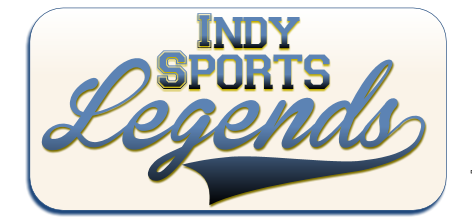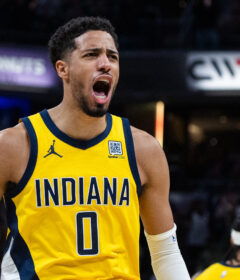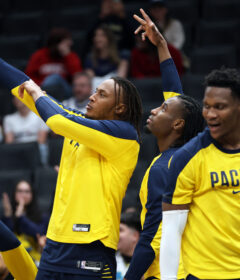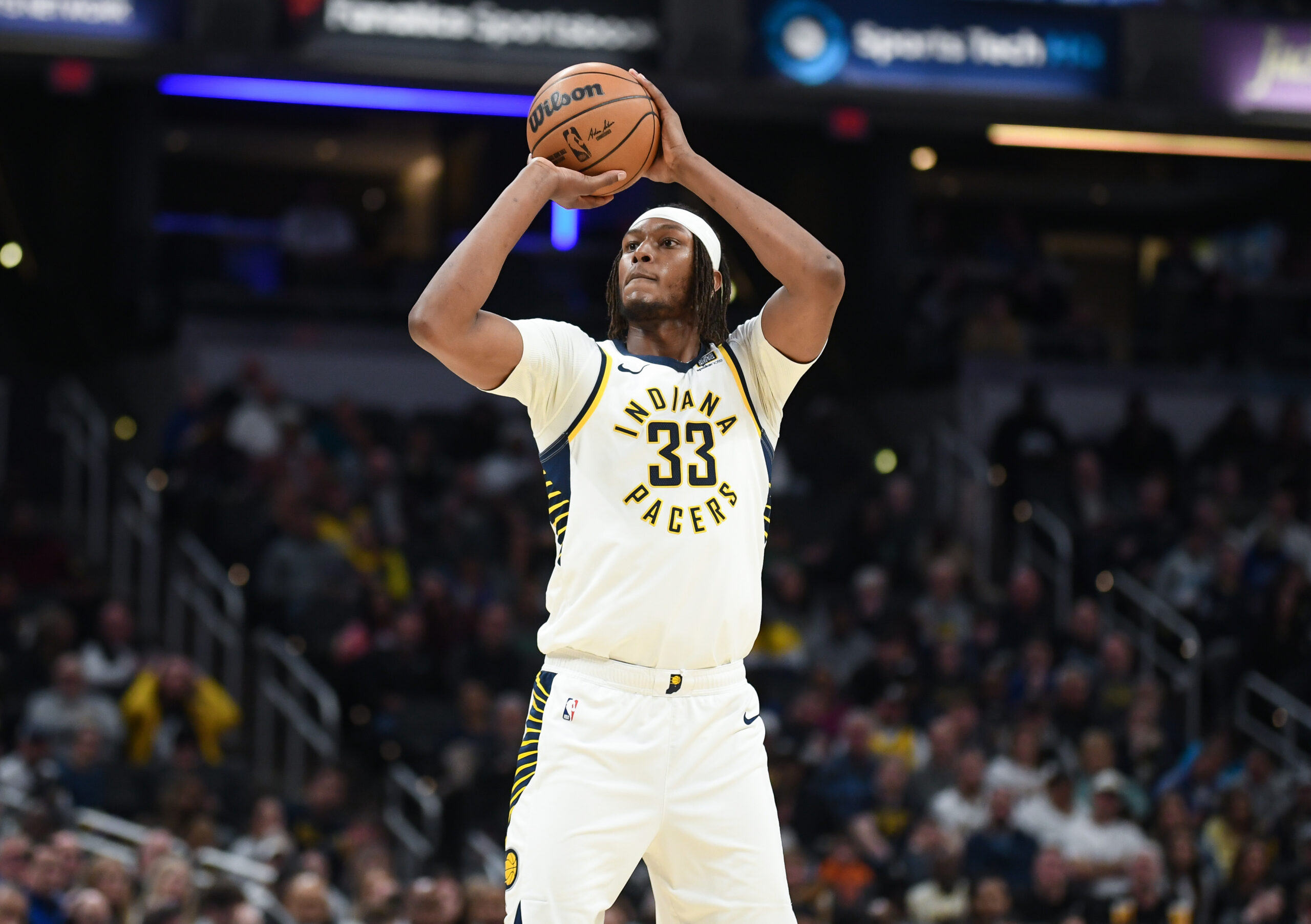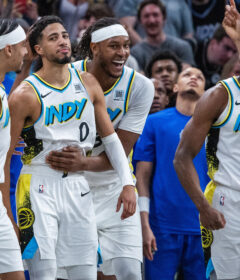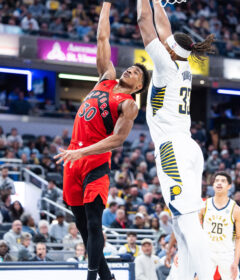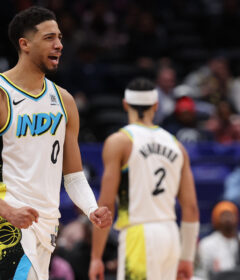Brunt: Pacers’ Larry Bird won fans back by ignoring their impatience
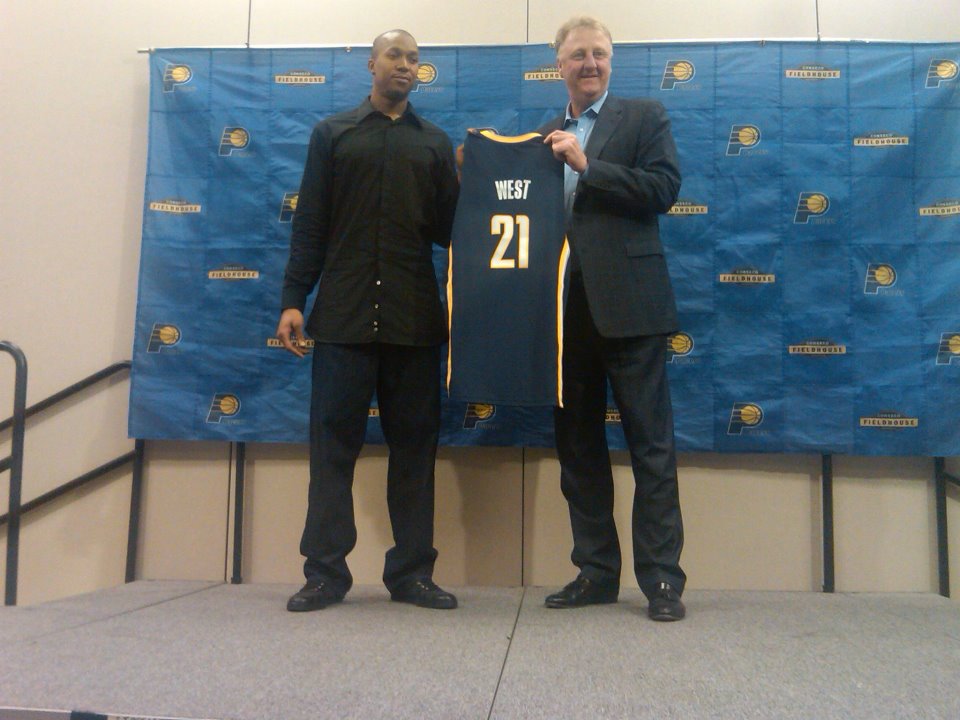
By CLIFF BRUNT
ISL Editor
Amid all this excitement about the Indiana Pacers, I consider this a good time to offer some perspective.
Nearly four years ago, while I was covering the Pacers for The Associated Press, I interviewed team president Larry Bird about how he was dealing with losing, something rarely attached to his name.
This was before training camp in 2009. The Pacers, still reeling from the Malice at the Palace and several late-night incidents, had missed the playoffs for three straight years and were coming off a 36-46 season. Jim O’Brien was still the coach. The nucleus that put the Pacers on the brink of championship glory in the middle of the decade was gone – shipped away as part of an unprecedented housecleaning. Fans were avoiding the Fieldhouse like the plague, and Larry Legend, the beloved small-town Indiana hero, was becoming increasingly unpopular.
Bird, as has been his way over the years, stood his ground. He said the team would return to glory, and he would get it there his way — by building with the right pieces over an extended period of time rather than by spending tons of money on one or two players, hoping to become a contender overnight.
His approach was poorly received. Most of the championship-caliber teams in the league over time have been dotted with stars. For a fanbase that was used to its team being in the title conversation, patience was an undeveloped quality.
Add Bird’s championship reputation — he took Indiana State to the college finals in 1979, won three NBA titles and three MVP awards with the Boston Celtics and led the Pacers to the NBA Finals in 2000 as a coach — and the pressure mounted.
“There’s no question about it, people want instant results,” Bird told me back then. “They look at what I’ve accomplished in my career and they expect things to happen right away.”
Bird was undeterred.
“I love a challenge,” he said. “This is one of my greatest challenges. I know it’s going to take time, but in the long run, I can see us having a lot of success.”
The Pacers reached the Eastern Conference Finals last season while Danny Granger, the team’s top player for the previous half decade, was injured and out for most of the season. Paul George emerged as an All-Star, Granger is expected to return and now Bird will have the opportunity to match his on-court greatness.
He’s just a few clutch moves away.
What stood out most to me about the 2009 interview, and several others I’ve had with him over the years, was that he never revealed a shred of doubt about his belief in his plans. He wholeheartedly believed he would succeed with a plan that had rarely worked in the NBA. Folks thought he was taking too long and that he gave up too much in trades while trying to rebuild. That’s the stunner about this whole thing — Bird won the fans back by defying them at nearly every turn. Though he caught a few breaks along the way, a crystal-clear look through the rear-view mirror shows that Bird knew what he was doing all along.
Bird hit the jackpot with George. Many locals wanted the Pacers to take Butler’s Gordon Hayward with the 10th overall pick in the 2010 draft, but he went ninth. Fan reaction about the slender forward from Fresno State initially was lukewarm, but George eventually won them over. He was an All-Star this past season and is one of the NBA’s rising stars.
Roy Hibbert, once considered a risk, anchors one of the league’s most effective and intimidating defensive units. Bird added David West and George Hill, excellent moves that didn’t break the bank. Bird also got success out of Tyler Hansbrough, a player many critics thought had no chance in the NBA.
Miami became a championship team the way most teams try to do it. The Heat are loaded with superstars. But it took three of them who were willing to sacrifice, plus a lot of really good role players, to get to the top. It’s rare that so many great players are willing to do that, and it likely won’t happen in Indiana because Indianapolis is not a popular destination for superstars with options. The Pacers also aren’t a big-money team that can go way over the luxury tax. Bird’s decisions reflect his understanding of his team’s location and financial limitations.
Bird also understands the people in Indiana. Folks in this state will not show up if they don’t believe the players on the court have at least somewhat similar values. Folks in Indiana love the toughness of the Hansbroughs and Jeff Fosters of the world as much as they love the skill and versatility of its Georges and Grangers. How you play and conduct yourself is seemingly as important as winning.
“Without putting it on anybody’s head, we just said that we were going to change the culture,” Bird said in 2009. “We heard our fans loud and clear. My first task was to try to move as many of the guys (troublemakers) as I possibly could. We’ve done that.”
So, Bird listened to the fans when it came to the types of people he added to the team, but he ignored their complaints about the process.
Though Bird focused on adding good citizens, he took a few chances. He brought in Lance Stephenson, the exact type of player Pacers fans didn’t want to see. He had a questionable past and had issues after he arrived in Indy, too. Bird stuck with him, and it paid off. With Stephenson’s successful transition on and off the court, Bird probably has earned himself a few mulligans down the road.
Now, there’s the final step. Bird is tinkering, trying to find just the right pieces to improve the bench.
This time, as he maneuvers, Larry Legend has the undying loyalty of the masses.
